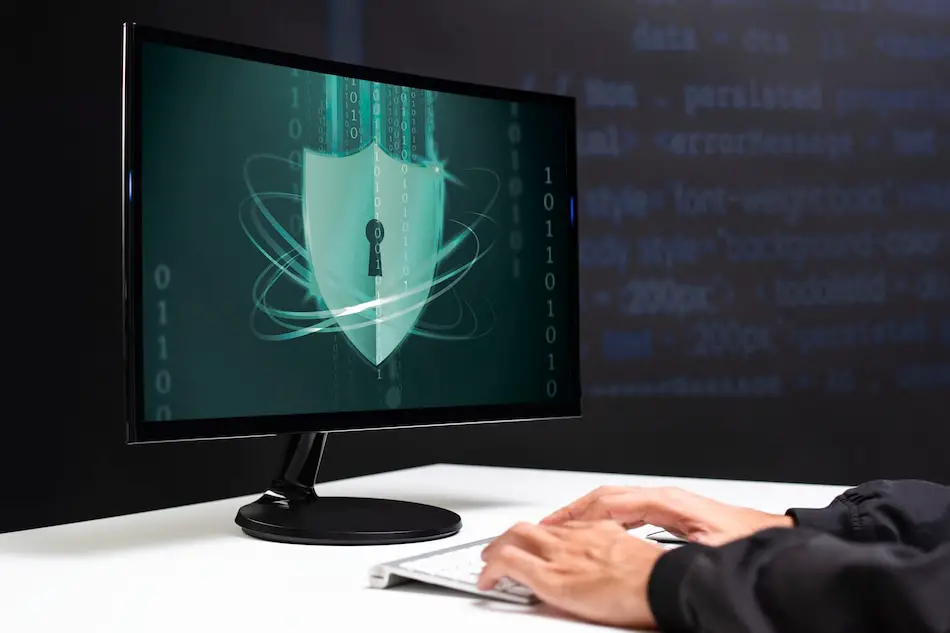Cyberattacks are possible because many fields, like marine, are increasingly dependent on digital technology. From hacking to GPS fraud, marine defense is brutal. Understanding and fighting these threats is essential for the safety and security of the industry. This piece talks about the leading online threats to ships and how to protect yourself.
Phishing Attacks
Attacks using phishing pose a threat to the marine sector. Attackers trick people into giving up vital information by sending them harmful emails. Maritime businesses could be targets because they have massive networks and essential jobs. Criminals use fake emails from official sources to trick people. Often, these emails have links or files that put private or business info at risk.
To stop scams, marine companies need to check all of their emails. These technologies screen emails that might be harmful before they get to workers. People need to be taught about phishing. Employees should be aware of hacking attempts and be told to check out odd emails. Multifactor identification, or MFA, makes security better.
Attackers need help getting in because MFA requires several verifications. Software and email systems need to be updated and fixed regularly to stop fake attacks that use known security holes. The best weapons against marine hacking are technological safeguards and careful staff attention.
Malware And Ransomware
Ransomware and Malware threaten marine safety. Malware hurts or takes advantage of computers, and ransomware prevents people from using them until they pay a fee. These attacks could make marine missions take longer and cost more. Malware can be spread through email files, USB drives, or unsafe websites. Once it’s been run, ransomware locks up essential files.
To deal with these risks, marine businesses need solid anti-malware programs. Security software has been updated to find and remove many kinds of malware. It is essential to back up necessary info regularly. If ransomware attacks happen, you can get your data back without paying. Training employees is another crucial part. Staff should be taught safe online habits, like not opening strange files or visiting sites they don’t know about.
Attackers might only find system flaws after regular security checks. Network division might help stop the spread of viruses. By dividing the network into segments, businesses can prevent attacks and keep their systems from getting badly damaged. To avoid malware Malwaresomware, you must practice.
Insider Threats
Insider dangers in preventing malware and ransomware in the maritime industry are perilous. Internal threats come from coworkers, partners, or people you know from work. Insiders know how the business works and the rules, making them harder to catch. Insider threats can be intentional, like getting private information, or accidental, like putting security at risk.
To lower private risks, companies should limit who can get in. The information should only be given to staff members who need it. Tracking what employees do may also help find lousy behavior early on. Background checks are a must for essential jobs.
Regularly updating security rules and teaching people about security can help prevent accidental breaches. A policy for reporting strange behavior urges staff to do so. Systems with advanced data and tracking can find threats from inside the company. Proactive policy training and technology may reduce concerns about insider threats.
Gps Spoofing And Jamming
Spoofing and jamming GPS signals are dangers to naval tracking. Spoofing sends fake signals to GPS devices to fool them, while jamming completely blocks GPS signals. These attacks may push ships off course, leading to crashes or groundings. Spoofing can also hide where a ship is, which makes smuggling easier.
To deal with these problems, marine businesses need long-lasting guidance systems. Inertial guidance systems and radar that are less likely to be affected by GPS interference could be combined. Regular updates and fixes for tracking systems protect against known flaws. The crew must also be taught how to spot GPS tracking and faking.
If you lose GPS readings, you need to find your way using other methods. Anti-jamming technologies block or screen out unwanted messages as an extra safety measure. Protocols for reporting and responding to GPS outages make coordinating and moving quickly possible. Strict processes and modern technology crew training may lessen GPS faking and jamming threats.
Network Vulnerabilities
Marine hacking is at risk because of weak networks. Hackers could use these holes to get into systems and data. Vulnerabilities often happen with systems that haven’t been fixed, old software, and weak passwords. Hackers can use these holes to steal data and create malware and malicious activities.
Marine groups should check their networks for security holes regularly. Before they are used, these tests find and fix security holes. Strict rules about passwords and passwords that are very hard to guess are needed. Updating or changing software quickly fixes known bugs.
Network segmentation can separate critical systems so that attack damage is lessened. Intrusion monitoring systems and firewalls may be able to stop unauthorized entry. It is also important to teach workers about scams and safe computers. Marine businesses can keep their networks secure from attacks by doing regular checks, following strict rules, and using high-tech security measures.
Data Breaches And Information Theft
The shipping industry has many problems with data theft and hacks. These leaks could put at risk information about crews, goods, and finances. Hackers could use this information to commit scams, steal identities, and spy on competitors. Marine businesses need good data protection to keep their information safe. Unauthorized people can’t access private information if it is secured.
Vulnerabilities can be avoided by regularly installing updates and fixes. Access limits ensure that only approved users can see private data. Workers should learn about phishing and data security. Regular security checks can find holes and ensure that data protection rules are being followed.
Monitoring and advanced analytics can find strange access trends that could mean there has been a breach. Having a clear incident reaction plan makes it easier to stop and fix leaks quickly. Maritime companies can prevent data breaches and information theft by implementing robust data security measures, auditing them often, and training employees.
Third-party Risks
Threats from outside sources make marine safety more challenging. Outside sellers and producers may be able to access company data and systems, which can be dangerous. Appropriately protecting these third parties strengthens the security chain. To reduce third-party risks, marine businesses need strict screening procedures.
This includes thorough security checks of the vendors. Make sure that third parties follow the business’s security rules. Monitoring and regularly reviewing third-party access can help find and fix problems. Including security requirements and duties in agreements could also be helpful.
Breach risk decreases when third parties cannot access needed tools and data. A clear plan for sharing and responding to security issues with third parties ensures a quick and well-coordinated response. With careful screening, regular tracking, and clear agreements, maritime businesses can lower the risks from third parties.
Regulatory Compliance And Standards
Maritime safety is based on rules and laws. A number of international and regional rules require marine businesses to take security steps to stay safe. Rules for marine hacking and the EU GDPR are necessary.
Maritime businesses must keep their security measures up to date to stay in line. Compliance problems may be found during regular security checks. Using NIST’s best practices for the business might help. It is very important to teach employees about security rules and best practices.
Companies can show they are following the rules during checks by saving many security records. New protection methods and technology may make following the rules easier. By focusing on regulatory compliance and industry norms, maritime organizations may be able to improve safety and lower regulators’ fines.
Conclusion
Concerns about cybersecurity in the marine sector need specific answers. Phishing software and ransomware are problems that never go away. We must fix insider dangers, GPS fraud, and weak networks. Data thefts and threats from outside sources make marine security more difficult.
Following the rules gives you essential protection. Tough rules and technology training can help the business protect itself from these threats. Maritime safety requires people to be constantly aware and take strategic steps.




